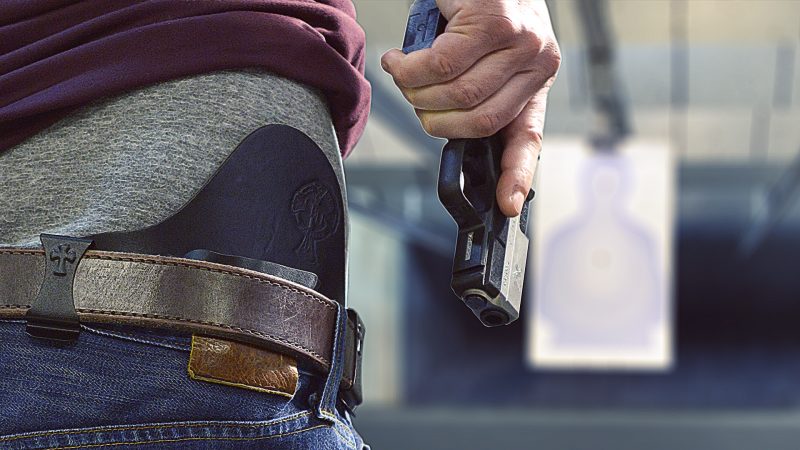
Just because you own a gun and a holster doesn’t mean you are ready to defend yourself. But these three drills will help you prepare.
![]()
![]()
With the rise in the number of concealed carriers across the country and people looking to defend themselves and their loved ones, we have to ask: Are they really ready for the encounter? If someone threatens you or someone you want to protect, are you prepared for the fight? We would all like to think we are. We’ve gone to class, gotten our permits (or maybe not, if you live in a permitless carry state, although I still advise you get it anyway for a host of reasons), and took your gun to the range. You’re all set, right? Wrong. Emphatically wrong!
We’ve all heard the story of the person who lives alone, so they buy a gun for protection, load it up, and leave it in the drawer to collect dust. They may feel safer, but are they really? The same thing goes for concealed carriers. Just because you have a permit in your pocket and a gun you’ve barely used strapped to your waist doesn’t mean you’re prepared to defend yourself.

Think about driving. Like most of us, you likely started driving at age 16. Back then, everything was new. You had zero idea how to drive a car. But you learned, either via a driver’s education class or a family member teaching you. Today, it’s second nature. You don’t consciously think about every little step it takes to drive. Why? Because you’ve done it a zillion times. But imagine if you only drove once a year. Would you be as good of a driver? Would you have to relearn some things every time you got behind the wheel? Probably.
The same thing applies to concealed carry. Even if you carry your gun every day, chances are you’re not pulling it out and using it every day. (Let’s hope not!) We certainly don’t advocate that you get into gunfights on a regular basis. If you do, it’s time to question some of your life choices. But how do you keep your skills up so you are ready if you do have to pull out your gun and take on a bad guy?
Here are three essential skills every concealed carrier needs to practice regularly. These should be practiced dry fire, with no ammunition in the gun. I recommend clearing the gun, double-checking that it is empty, and removing all ammunition from the room. These exercises should be done in a safe place, preferably a basement with a concrete wall, just in case something happens.
1. Draws
You can be the best shooter in the world, but it won’t matter if you can’t get the gun into the fight. Your gun is concealed, likely hidden under a cover garment to keep it from prying eyes. If a gunfight breaks out, you need to get to it now!
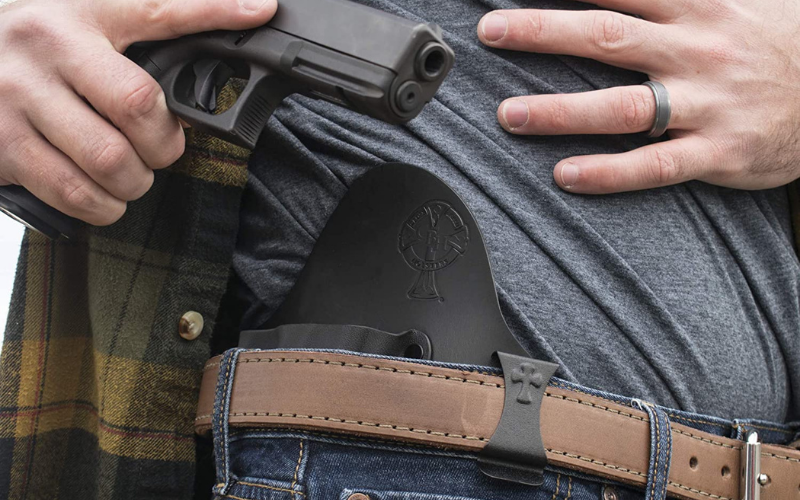
Practice clearing your cover garment out of the way and drawing from your holster. Then return the gun to the holster and go again. Do this until it is second nature, muscle memory. If you ever get into a gunfight, you will need this motion to be automatic, where seconds mean the difference between shooting and getting shot.
2. Reloads
Always carry a spare magazine with you. Why? Are you likely to need more than one magazine worth of ammo to win the fight? Maybe, but more likely, you will need to clear a malfunction that requires you to strip the magazine out and reinsert it to get the gun working again. In the heat of battle, with sweaty palms, there’s a good chance you will drop the magazine on the floor, and it will skitter away. Now what? Grab your spare magazine and get back into the fight. Knowing how to quickly eject the spent or malfunctioning magazine and insert a new one can be the difference between an empty (and therefore useless) gun and a loaded gun.
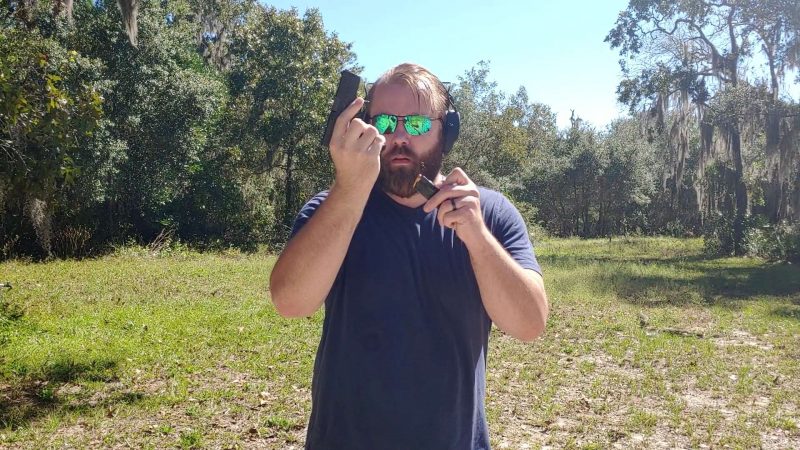
Here is the drill. With one empty magazine and one with a single dummy round (NOT live ammo), insert the empty mag and lock the slide back as if you had just run dry. Now eject the spent magazine and replace it with the one with the single dummy round and rack the action as if you were reloading the gun. Set it up and do it again. Work on the mechanics of this drill slowly at first, then add speed to it to the point where you can do it quickly, as you would have to do under pressure in a gunfight.
3. Trigger Press
Designed to improve shooting accuracy, this exercise is also called the Brass Drill. Here’s how it works. First, rack the slide to reset the trigger. Next, place a dummy round or spent casing (NOT live ammo) on the slide, right behind the front sight. Bring the gun slowly up to your eye line and pull the trigger. If the dummy round or spent casing wiggles or falls off, work on your trigger press to smooth out the motion. For an added challenge, place the dummy round or spent casing on top of the sight and do the same drill.
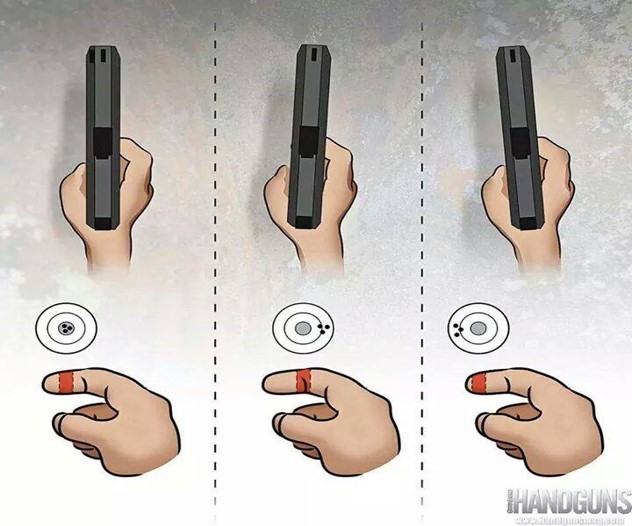
Prepare Yourself
Spend as much time as possible training. Go to the range. Take classes. Dry fire at home. Yes, ammo is expensive, and training takes valuable time, but not being prepared in a deadly encounter could cost you or someone you love their life, which is worth far more.
ABOUT THE AUTHOR:
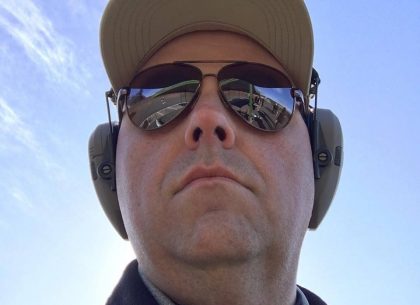
David Workman is an avid gun guy and a contributing writer to several major gun publications. As an NRA-certified instructor, David trains new shooters on basic handgun skills and CCW requirements and is a strong advocate for training as much as possible. “Real-life shootouts don’t happen at a box range.”
![]() You may also enjoy these popular articles:
You may also enjoy these popular articles:
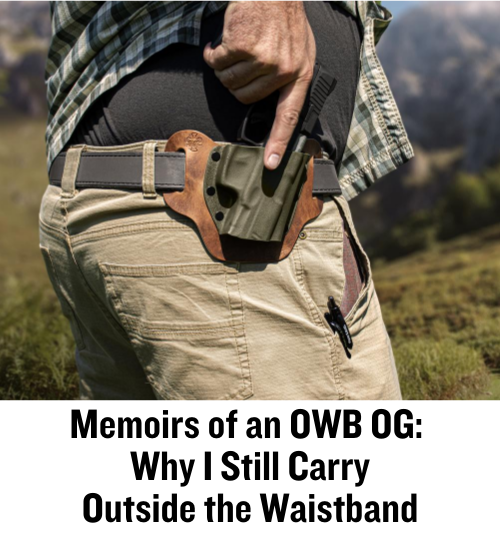
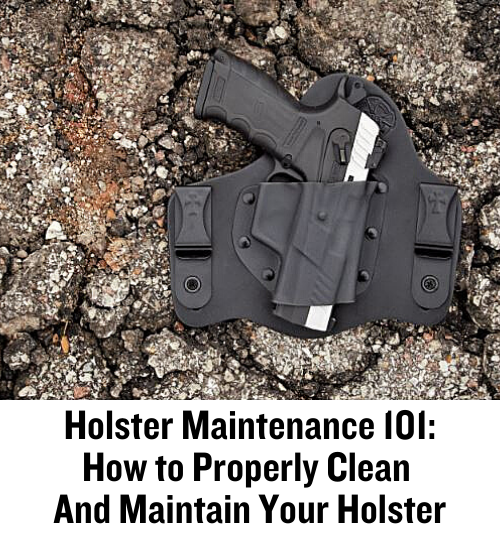
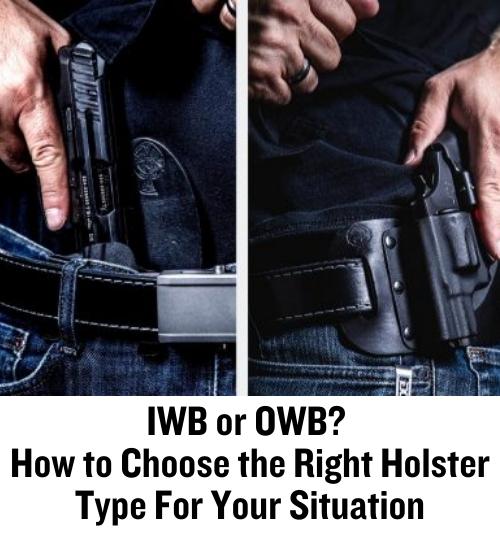

©MTC Holsters, LLC and CrossBreed Holsters Blog, 2022.
Unauthorized use and/or duplication of this material without express and written permission from this site’s author and/or owner is strictly prohibited. Excerpts and links may be used, provided that full and clear credit is given to David Workman and the CrossBreed Blog with appropriate and specific direction to the original content.
![]()

